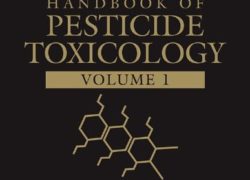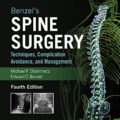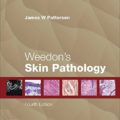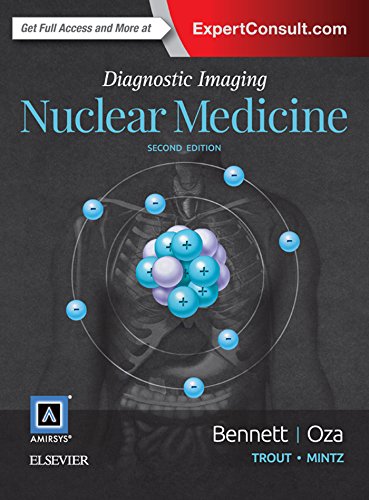
 Hayes’ Handbook of Pesticide Toxicology, Third Edition
Hayes’ Handbook of Pesticide Toxicology, Third Edition Hayes’ Handbook of Pesticide Toxicology, Third Edition
Hayes’ Handbook of Pesticide Toxicology, Third Edition Hayes’ Handbook of Pesticide Toxicology, Third Edition
Hayes’ Handbook of Pesticide Toxicology, Third Edition Download Hayes Handbook of Pesticide Toxicology Third Edition Pdf
Download Hayes Handbook of Pesticide Toxicology Third Edition Pdf Comprehensive Toxicology
Comprehensive Toxicology Handbook on the Toxicology of Metals Fourth Edition PDF
Handbook on the Toxicology of Metals Fourth Edition PDF Toxicology of pesticides PDF
Toxicology of pesticides PDF Hayes Principles and Methods of Toxicology Sixth Edition PDF
Hayes Principles and Methods of Toxicology Sixth Edition PDF TOXICOLOGY PESTICIDE PART 1
TOXICOLOGY PESTICIDE PART 1 CSC Seminar 2013: Jonathan Maul "Effect of Temperature on Pesticide Toxicity"
CSC Seminar 2013: Jonathan Maul "Effect of Temperature on Pesticide Toxicity"
The Handbook of Pesticide Toxicology is a comprehensive, two-volume reference guide to the properties, effects, and regulation of pesticides that provides the latest and most complete information to researchers investigating the environmental, agricultural, veterinary, and human-health impacts of pesticide use. Written by international experts from academia, government, and the private sector, the Handbook of Pesticide Toxicology is an in-depth examination of critical issues related to the need for, use of, and nature of chemicals used in modern pest management. This updated 3e carries on the book’s tradition of serving as the definitive reference on pesticide toxicology and recognizes the seminal contribution of Wayland J. Hayes, Jr., co-Editor of the first edition.
Feature: Presents a comprehensive look at all aspects of pesticide toxicology in one reference work.
Benefit: Saves researchers time in quickly accessing the very latest definitive details on toxicity of specific pesticides as opposed to searching through thousands of journal articles.
Feature: Clear exposition of hazard identification and dose response relationships in each chapter featuring pesticide agents and actions
Benefit: Connects the experimental laboratory results to real-life applications in human health, animal health and the environment.
Feature: All major classes of pesticide considered.
Benefit: Provides relevance to a wider variety of researchers who are conducting comparative work in pesticides or their health impacts.
Feature: Different routes of exposure critically evaluated.
Benefit: Connects the loop between exposure and harmful affects to those who are researching the affects of pesticides on humans or wildlife.







